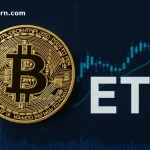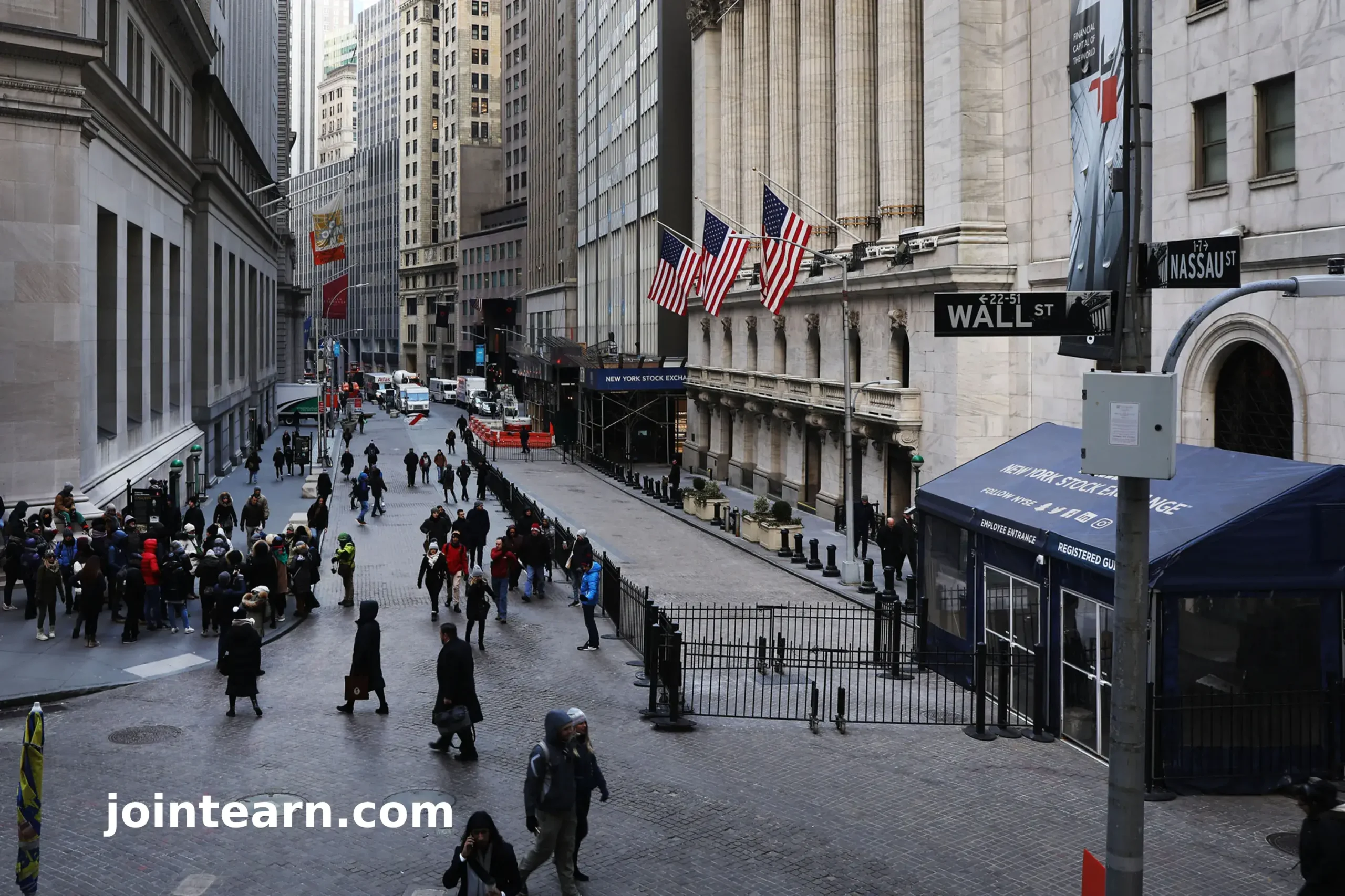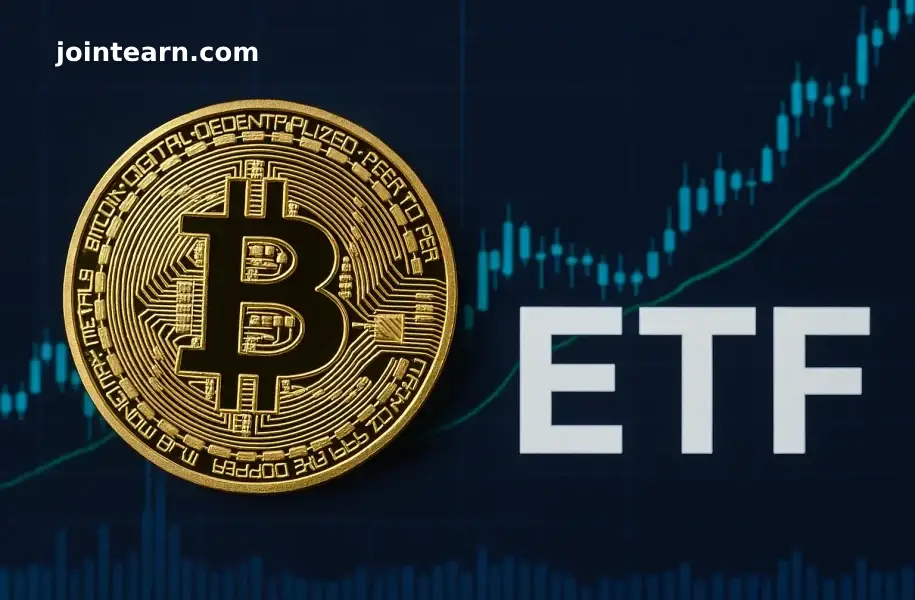Rising Bond Yields: What’s Driving the Recent Movements and Why Investors Aren’t Worried
April has been a volatile month for U.S. safe-haven assets, particularly U.S. Treasurys, with the 10-year Treasury yield spiking sharply from around 3.9% at the start of the month to nearly 4.6% following President Trump’s “Liberation Day” on April 9. Since then, yields have settled into a range of about 4.3% to 4.4%.
While these fluctuations have puzzled many investors, particularly those accustomed to Treasurys acting as a safe haven during times of uncertainty, some market strategists remain unfazed by the rising yields. Instead, they view the current market dynamics as a response to heightened uncertainty rather than a signal of fundamental weakness in the U.S. economy.
Why Rising Yields Don’t Signal an Economic Collapse
Jeff Schulze, head of economic and market strategy at ClearBridge Investments, expressed little concern over the current bond market developments. He compared today’s market conditions to 2022 when yields saw sharp spikes due to the Federal Reserve’s aggressive interest rate hikes aimed at combating inflation.
In Schulze’s view, the recent rise in Treasury yields is primarily driven by an increase in the “term premium,” the additional yield investors demand for holding long-term debt during uncertain times. The term premium, which hovered near zero for years after the financial crisis, has recently climbed to around 50 basis points, aligning more with historical norms.
Understanding the Term Premium and Investor Sentiment
“The term premium is essentially an uncertainty premium,” explained Kelsey Berro, fixed-income portfolio manager at JPMorgan Asset Management. “What we’ve seen recently is increased uncertainty regarding the United States’ global standing, particularly related to President Trump’s comments about Federal Reserve Chair Jerome Powell.”
Thus, rising bond yields aren’t signaling a loss of confidence in U.S. debt or the broader economy. Instead, they reflect the current uncertainty over U.S. political and economic policies, with markets adjusting to these shifting conditions.
The Role of Global Factors in Rising Yields
Other factors contributing to the upward pressure on bond yields include the unwinding of highly leveraged positions, such as the basis trade, and a derisking by European investors who have historically accumulated U.S. assets. ClearBridge’s Schulze suggested that this shift isn’t indicative of a fundamental loss of confidence in U.S. markets but rather a broader recalibration after years of overexposure to U.S. assets.
Are U.S. Treasurys Losing Their Safe-Haven Status?
Despite the volatility in the Treasury market, Lawrence Gillum, chief fixed-income strategist at LPL Financial, remains confident that U.S. Treasurys will continue to be seen as the world’s preeminent safe-haven asset for the foreseeable future. “While this month’s Treasury market sell-off has been severe, it does not signal a ‘regime shift’ away from this status,” he wrote. Instead, he sees this volatility as reflecting temporary deleveraging pressures rather than a fundamental rejection of Treasurys.
Gillum added that any potential shift away from Treasurys’ safe-haven status would be a gradual process, unfolding over decades rather than days.
The Fed’s Impact on Bond Yields
Investor sentiment also received a boost midweek after President Trump reversed his earlier remarks about potentially firing Federal Reserve Chair Jerome Powell. Trump’s shift in stance helped reduce uncertainty around the Fed’s leadership, contributing to a fall in long-term Treasury yields.
The market also reacted positively to expectations that the Federal Reserve may cut interest rates later this year. Cleveland Federal Reserve President Beth Hammack hinted that policymakers could consider rate cuts as early as June if economic data supports such a move.
Looking Ahead: Will Yields Continue to Rise?
Despite recent volatility, JPMorgan’s Berro predicts that 10-year Treasury yields will likely remain within a range of 3.75% to 4.5% in the near term. As volatility begins to subside, she noted that Treasury movements will be more heavily influenced by fundamentals like growth expectations, inflation, and the Federal Reserve’s actions.
Conclusion: No Immediate Concern Over Rising Bond Yields
For now, rising bond yields aren’t alarming Wall Street. While the Treasury market has experienced sharp fluctuations, most strategists see this as a temporary response to heightened uncertainty, not a sign of a fundamental shift in market dynamics. U.S. Treasurys remain the world’s dominant safe-haven asset, with long-term confidence in their stability still intact.












